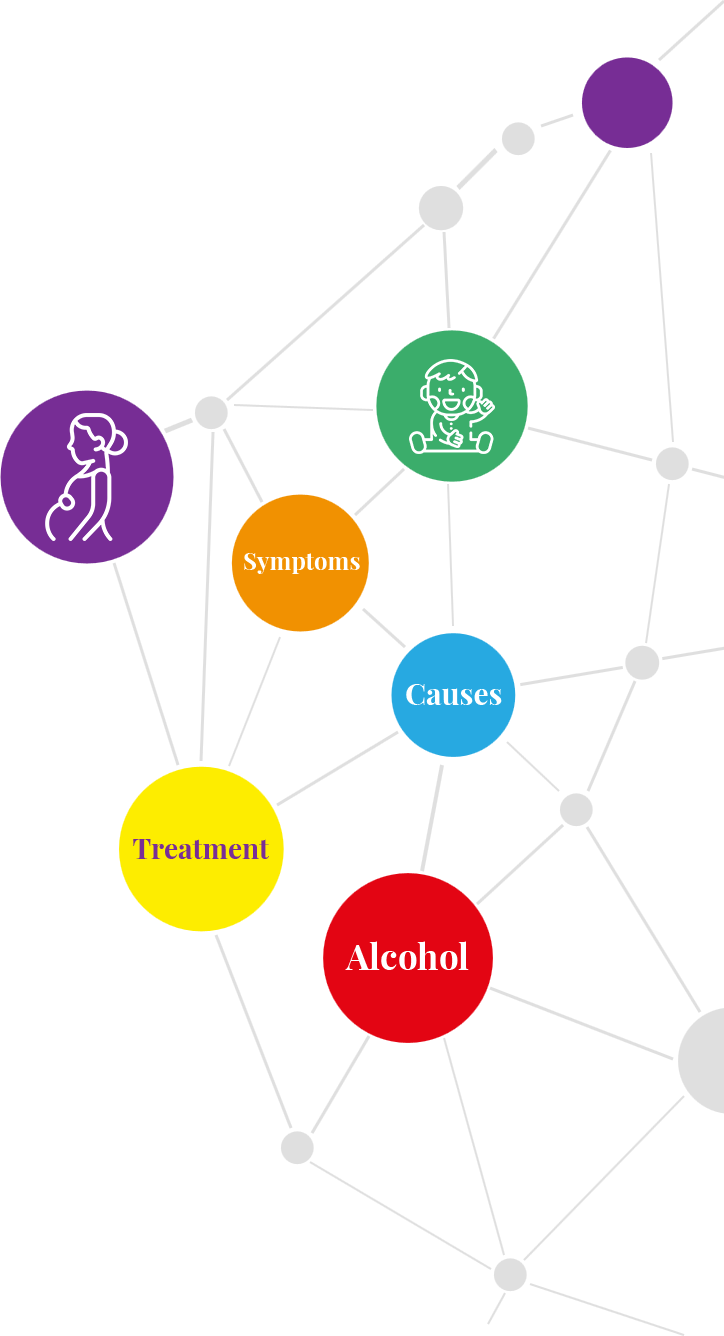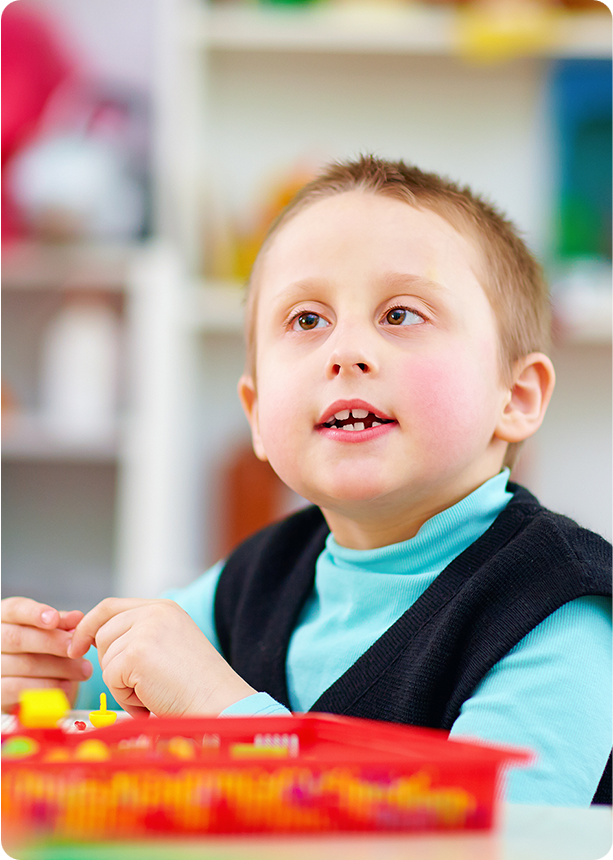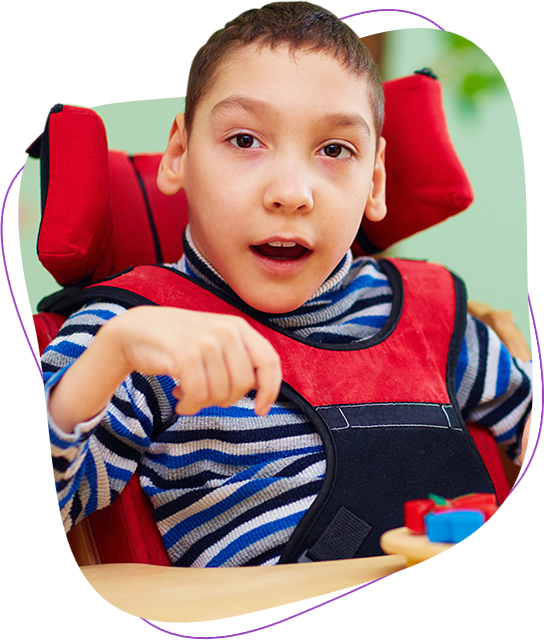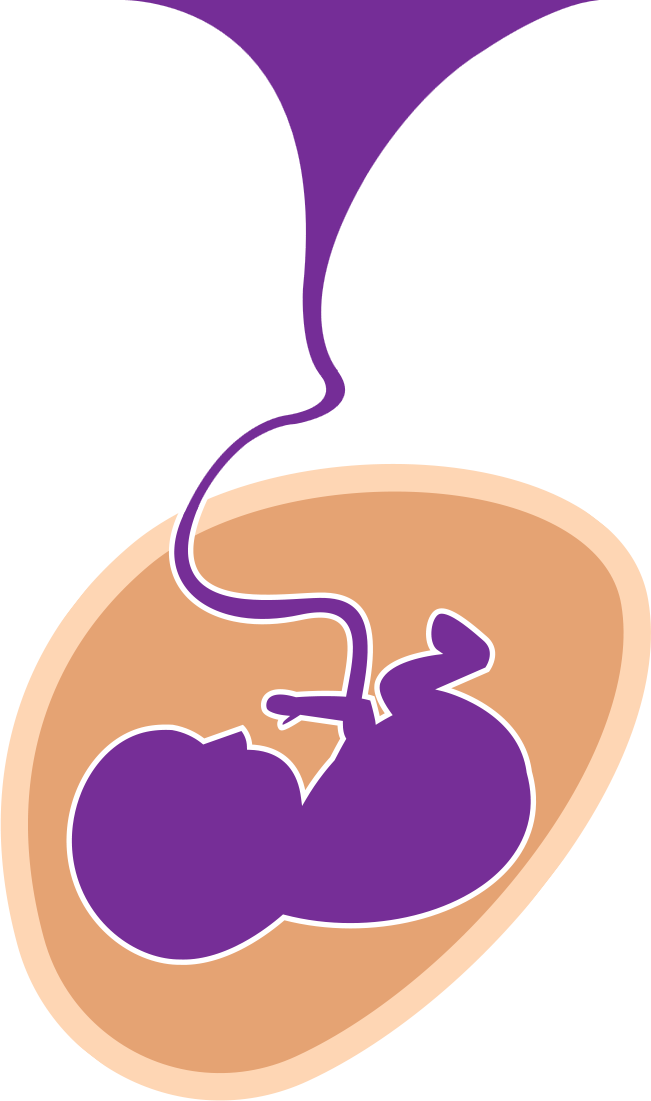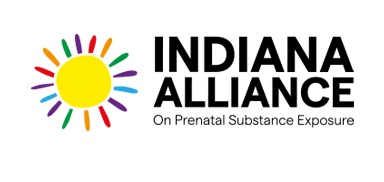it’s common knowledge that drinking while pregnant can harm the fetus. Modern doctors are quick to warn pregnant women against imbibing alcohol, even during the earliest weeks of pregnancy.
This wasn’t always the case. Up until the 1970s, many individuals were exposed to at least some amount of alcohol while in the
womb. Doctors weren’t as quick to steer pregnant women away from substance use, and many people were unaware of the
severity of alcohol-related symptoms in infants.
We now know that alcohol can have lasting effects on unborn children as they move into adulthood. Still, there are many adults living with fetal alcohol spectrum disorders (FASDs) today due to awareness and knowledge in years past.
Additionally, thousands of infants are born every year with an
FASD. Even with millions of pregnant women actively abstaining from alcohol, FASD is still a sizable problem in both third-world
and first-world countries.
In this guide, we’ll dive into the disorder, its causes, its symptoms, and its treatment. We’ll also share advice on preventing FASD
and supporting those diagnosed with a fetal alcohol disorder.

